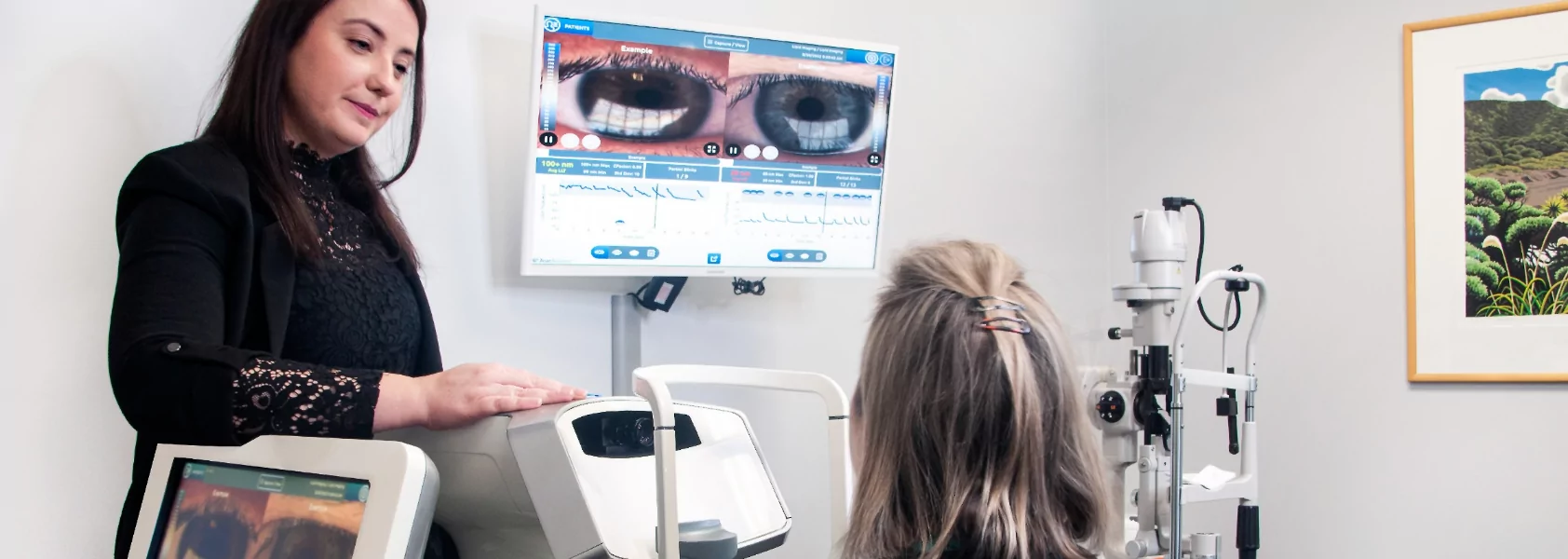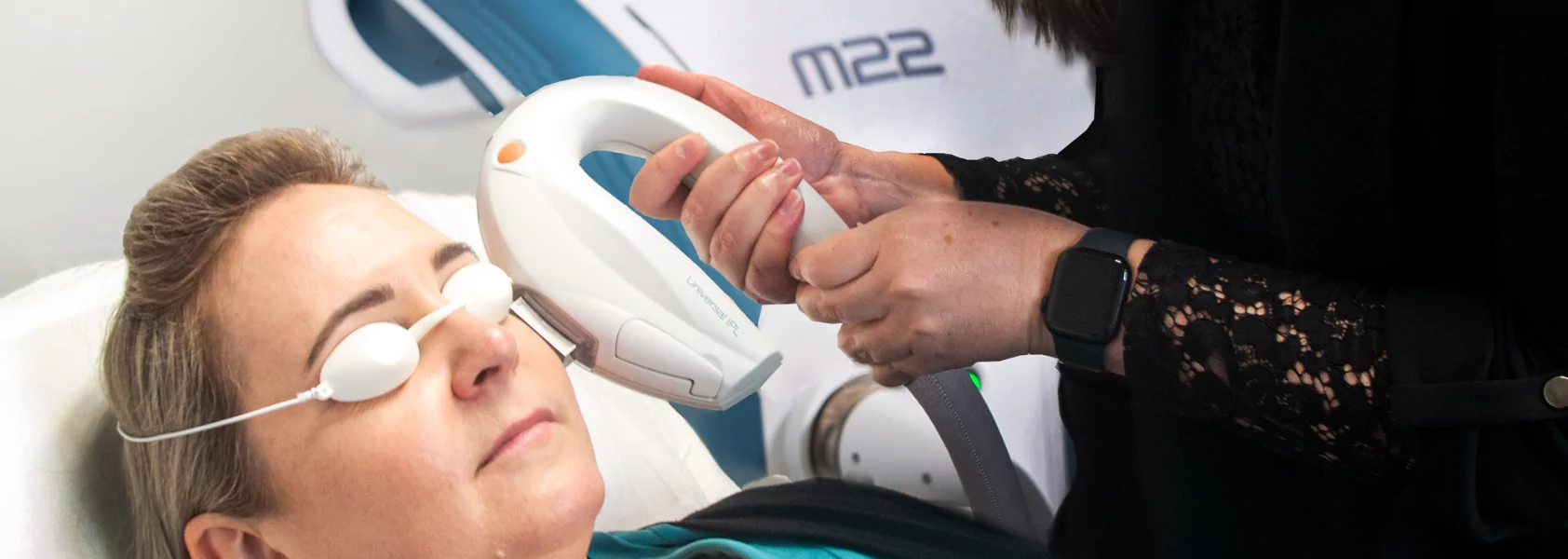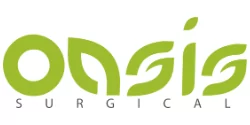Understanding Dry Eye Syndrome
Tears form a thin layer across the eye’s surface, keeping it lubricated and washing away any dust or debris. If the glands around your eyes are not producing the right quality or quantity of tears, you may develop dry eye syndrome.
Dry eye – also called keratoconjunctivitis sicca – is a common condition affecting around one in ten adults at some point in their lives. It can cause a range of symptoms, including irritation, light sensitivity and blurred vision.
Tear production
The tears that coat the surface of the eye differ from those produced in crying. They are a complex liquid made up of three layers, which are spread over the eye’s surface every time you blink.
Oily layer – produced by the meibomian glands, this smooths and seals the surface of the eye.
Watery layer – this liquid, produced in the larger lacrimal gland, keeps the eye moist and delivers vital nutrients.
Mucus layer – the bottom layer is made up of mucus cells produced in the membrane that lines the eye. This layer ensures that the film of tears spreads evenly across the eye’s surface.

Symptoms and causes
Causes of dry eye include ageing, certain medications, dry or dusty climates, air conditioning or heating, reduced blinking during screen time, medical conditions and environmental irritants such as smoke or chemical fumes.
Symptoms include:
- Long-term dryness
- A burning sensation
- Discomfort and soreness
- A scratchy, gritty feeling
- Blurred vision
- Light sensitivity (photophobia)
- Watery, teary eyes
Diagnosis
To diagnose dry eye, your specialist will need to examine your eyes and take a small sample of your tears to determine the type of dry eye you’re experiencing, so treatment can be tailored to suit.

Minimising dry eye symptoms
For many people, dry eye only causes minor discomfort and irritation. If this is the case, you may be able to use eye drops or artificial tears to soothe irritation and pain.
Minimising symptoms:
- Blink frequently to coat the eye, particularly when watching TV, using a computer or looking at your phone.
- Take rest breaks when reading or using a screen.
- Stay hydrated to promote tear production.
- If medication is causing dry eyes, talk to your doctor or ophthalmologist about switching to another medication.
- Wear sunglasses to keep sunlight, wind and dust out of your eyes.
- Use a humidifier if you live in a dry climate or if your heating system reduces humidity.
- Avoid rubbing or touching your eyes.
- Use a wet cloth as a compress to reduce irritation.
- Use eye drops or artificial tears – avoid brands that use preservatives.
- Use a lubricating eye ointment if prescribed – it may cause blurred vision, so should be used at night.

Cutting-edge treatment options
At Auckland Eye, we offer several treatment options for dry eye.
Lipiflow®
Lipiflow® targets blocked or inflamed meibomian glands. During treatment, a special eyepiece is placed over your eye. Cycles of warmth, pulsation and gentle pressure will ease inflammation, clear blockages and improve oil production.
Watch this video to learn more about LipiFlow®.
Lumenis Optima™ IPL
Lumenis Optima™ IPL (intense pulsed light) is a safe, gentle way to treat eyelid and skin inflammation that may be causing dry eye. This revolutionary new treatment uses pulses of light – customised to your skin type and condition – which triggers the body to remove the affected blood vessels and begin to heal the inflammation.
ABMAX
This treatment uses a specialised wand to remove bacterial build-up and debris from the eyelids, gently massaging the skin at the same time. This can help clear blockages in the ducts and reduce inflammation.
Insurance Coverage Options



The Dry Eye Clinic is situated in our Oasis Surgical Building








